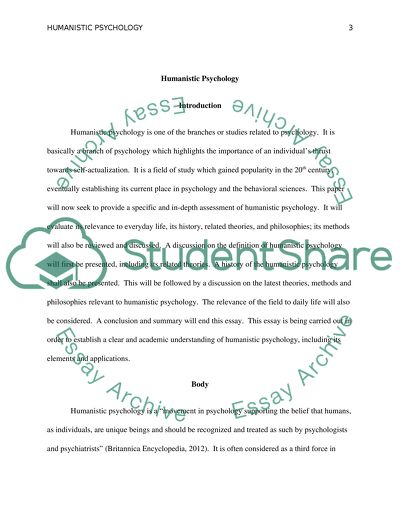Cite this document
(“Humanistic psychology Term Paper Example | Topics and Well Written Essays - 3250 words”, n.d.)
Humanistic psychology Term Paper Example | Topics and Well Written Essays - 3250 words. Retrieved from https://studentshare.org/psychology/1402611-an-indepth-view-of-humanistic-psychology
Humanistic psychology Term Paper Example | Topics and Well Written Essays - 3250 words. Retrieved from https://studentshare.org/psychology/1402611-an-indepth-view-of-humanistic-psychology
(Humanistic Psychology Term Paper Example | Topics and Well Written Essays - 3250 Words)
Humanistic Psychology Term Paper Example | Topics and Well Written Essays - 3250 Words. https://studentshare.org/psychology/1402611-an-indepth-view-of-humanistic-psychology.
Humanistic Psychology Term Paper Example | Topics and Well Written Essays - 3250 Words. https://studentshare.org/psychology/1402611-an-indepth-view-of-humanistic-psychology.
“Humanistic Psychology Term Paper Example | Topics and Well Written Essays - 3250 Words”, n.d. https://studentshare.org/psychology/1402611-an-indepth-view-of-humanistic-psychology.


